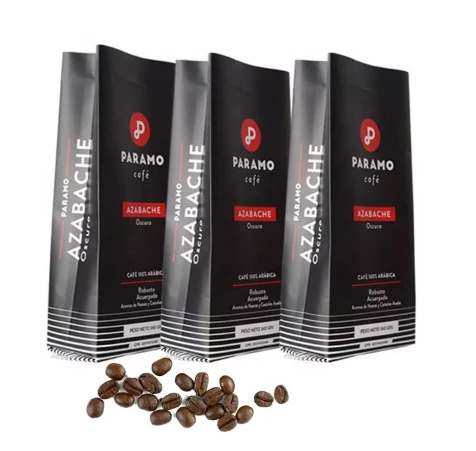- Afrikaans
- Albanian
- Amharic
- Arabic
- Armenian
- Azerbaijani
- Basque
- Belarusian
- Bengali
- Bosnian
- Bulgarian
- Catalan
- Cebuano
- chinese_simplified
- chinese_traditional
- Corsican
- Croatian
- Czech
- Danish
- Dutch
- English
- Esperanto
- Estonian
- Finnish
- French
- Frisian
- Galician
- Georgian
- German
- Greek
- Gujarati
- haitian_creole
- hausa
- hawaiian
- Hebrew
- Hindi
- Miao
- Hungarian
- Icelandic
- igbo
- Indonesian
- irish
- Italian
- Japanese
- Javanese
- Kannada
- kazakh
- Khmer
- Rwandese
- Korean
- Kurdish
- Kyrgyz
- Lao
- Latin
- Latvian
- Lithuanian
- Luxembourgish
- Macedonian
- Malgashi
- Malay
- Malayalam
- Maltese
- Maori
- Marathi
- Mongolian
- Myanmar
- Nepali
- Norwegian
- Norwegian
- Occitan
- Pashto
- Persian
- Polish
- Portuguese
- Punjabi
- Romanian
- Russian
- Samoan
- scottish-gaelic
- Serbian
- Sesotho
- Shona
- Sindhi
- Sinhala
- Slovak
- Slovenian
- Somali
- Spanish
- Sundanese
- Swahili
- Swedish
- Tagalog
- Tajik
- Tamil
- Tatar
- Telugu
- Thai
- Turkish
- Turkmen
- Ukrainian
- Urdu
- Uighur
- Uzbek
- Vietnamese
- Welsh
- Bantu
- Yiddish
- Yoruba
- Zulu
Innovative Solutions for Modern Packaging Needs and Sustainable Designs
The Art and Importance of Packaging
In today's fast-paced consumer marketplace, packaging plays an essential role in the success of a product. It is more than just a protective shell; it serves multiple purposes that can influence consumer behavior, enhance brand image, and contribute to sustainability efforts. This article delves into the various aspects of packaging, including its functions, aesthetics, and environmental impacts.
1. Protection and Preservation
One of the primary roles of packaging is to safeguard the contents inside. Whether it's food, electronics, or cosmetics, packaging ensures that products reach consumers in optimal condition. Protective packaging prevents damage during transportation and handling, minimizing waste and ensuring that consumers receive what they paid for. For example, vacuum-sealed bags for food prolong shelf life by limiting exposure to air, bacteria, and moisture, thus maintaining freshness and quality.
2. Branding and Marketing
Packaging serves as a canvas for branding, acting as the first point of interaction between consumers and products. An eye-catching design can attract attention in a crowded market, making it more likely that consumers will choose one product over another. Elements such as color, typography, and imagery communicate brand identity and values. For instance, luxury brands often use minimalist designs to convey elegance, while eco-friendly brands might focus on natural colors and recycled materials to emphasize their commitment to sustainability. The effectiveness of packaging in marketing is evident, as studies have shown that over 70% of purchasing decisions are made at the point of sale, where packaging is crucial.
3
. Information DisseminationPackaging is also an essential means of communication. Regulatory bodies often require products to carry information such as ingredients, nutritional facts, usage instructions, and expiration dates. Beyond compliance, effective packaging can educate consumers about a product's features and benefits, influencing their purchasing decisions. For example, labels that highlight health benefits or ethical sourcing can resonate with conscious consumers, thus driving sales.
packging

4. Convenience and Functionality
Modern consumers value convenience, and packaging greatly contributes to this aspect. Easy-to-open or resealable packaging can enhance user experience, making products more appealing. For instance, single-serving packages cater to busy individuals seeking practicality, while bulk options serve families looking to save. Innovative designs, such as squeeze bottles or pump dispensers, enhance functionality and convenience, leading to increased customer satisfaction and loyalty.
5. Sustainability Concerns
With growing awareness of environmental issues, sustainable packaging has become a pressing concern for many consumers and companies alike. Traditional packaging materials, such as plastic, contribute significantly to pollution and waste. In response, many companies are shifting towards biodegradable, recyclable, or reusable packaging options. This change not only addresses the environmental crisis but also appeals to eco-conscious consumers who prefer brands that demonstrate social responsibility. For instance, brands that use plant-based materials or commit to reducing plastic use often foster stronger customer loyalty.
6. The Future of Packaging
Looking ahead, the packaging industry is poised for significant transformation. Technological advancements, such as smart packaging, are paving the way for innovative solutions that enhance user experience and provide real-time information about products. For example, QR codes can be included on packaging, linking consumers directly to online content, recipes, or product origin information. These advancements further merge the realms of marketing, communication, and consumer interaction.
In conclusion, packaging transcends its basic function of containing products; it is a multifaceted tool that impacts consumer behavior, brand image, and environmental sustainability. As the market continues to evolve, the importance of thoughtful and innovative packaging design will only grow, fostering a deeper connection between brands and consumers while addressing global challenges. Companies that recognize and adapt to these dynamics will undoubtedly find success in the competitive landscape of the future.













